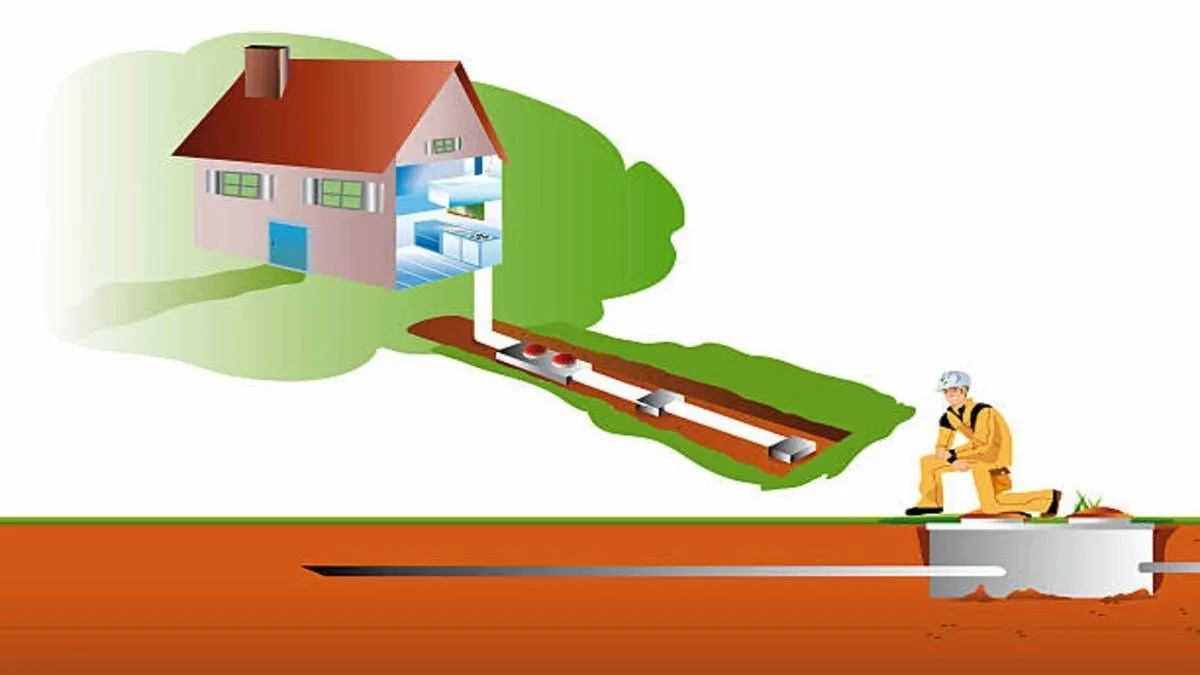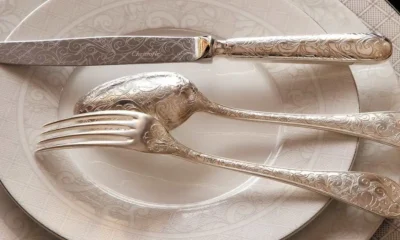HOME IMPROVEMENT
How Sewer Line Upgrades Create a Cleaner, Healthier Home

Clean walls, soft rugs, and stylish sinks are great. But what’s under your feet might matter more. Old sewer lines can quietly damage your home, your health, and your peace of mind. You can’t see them—but you’ll smell or feel the effects when they fail.
Upgrading your sewer line doesn’t sound exciting. But it’s one of the smartest things you can do for your home. It keeps water flowing, bad smells away, and your foundation safe. It also keeps your family healthy.
Worried about the cost? Check out this guide on why sewer line replacement is so expensive from Carter’s My Plumber. It breaks down what you might pay, what affects pricing, and how to spot problems early so you don’t spend more later.
Let’s walk through why sewer upgrades matter—and how they can help you live cleaner and happier.
Table of Contents
What’s a Sewer Line, Anyway?
Your sewer line connects your home’s plumbing to the city’s sewer system or a septic tank. Everything you flush or drain—showers, sinks, toilets, washing machines—flows through that pipe.
If it’s working well, you never think about it. If it’s not? You’ll notice. Fast.
A damaged sewer line can:
- Back up sewage into your house
- Leak waste into your yard
- Cause cracks in your home’s foundation
- Attract pests like roaches and rats
- Make your house smell bad
That’s why this invisible system deserves more attention than it usually gets.
Why Sewer Lines Break Down Over Time
Sewer lines don’t last forever. Most homes built before the 1980s used clay, cast iron, or Orangeburg pipes. These can crack, collapse, or rot.
Even newer plastic lines can shift, sag, or clog.
Here’s what can cause damage:
- Tree roots growing into the pipe
- Ground shifting during heavy rains or drought
- Grease buildup inside the line
- Flushing wipes or hygiene products
- Corrosion in older materials
The older the pipe, the more likely it needs help. And like most home problems—early fixes are cheaper than emergency ones.
Healthier Pipes = Healthier Air
When sewer lines leak, they don’t just harm your yard—they mess with your air.
Sewer gas can sneak inside through drains or cracks. It smells bad, but it also carries harmful gases like methane and hydrogen sulfide. These can cause headaches, nausea, or worse if the leak is bad enough.
Upgrading your sewer line keeps this gas sealed off, where it belongs. It helps your home feel fresh and safe.
Mold Starts with Moisture
Leaks from damaged sewer lines raise moisture levels in your home. Moisture leads to mold. And mold leads to breathing trouble, skin rashes, or long-term health problems.
Even small leaks—under the slab, in the crawl space, or behind a wall—can cause damage you won’t see right away.
A new, properly installed sewer line helps keep your home dry, mold-free, and easy to maintain. No mystery smells. No soft spots in your floors.
Cleaner Plumbing = Fewer Pests
Bugs and rodents love sewer leaks.
Broken lines give them two things they crave: moisture and food. If waste is seeping into the soil or pooling under your home, pests will find it. That includes flies, cockroaches, ants, and even rats.
Upgrading your sewer line shuts off that supply. It seals up the entry points and starves the pests out. That’s a win for your health and your stress levels.
Stronger Pipes Protect Your Foundation
A cracked sewer line can wash away the soil under your home. Over time, that weakens your foundation. Floors can shift. Doors stop closing right. Walls crack.
If you live in a place with clay soil, this happens even faster. The ground shrinks and swells with moisture changes, making weak pipes even riskier.
Replacing your sewer line before this happens can save you from expensive foundation repairs later on.
Better Flow, Better Mood
Okay—this one’s more about mental health. But it matters.
If your drains are slow, your toilet gurgles, or your shower backs up, it’s annoying. Every day. It adds stress. It makes your home feel messy, even when it’s clean.
When your plumbing just works, everything feels easier. No stress. No gross smells. No plungers. That peace of mind is part of a happy home.
Signs You Might Need a Sewer Line Upgrade
You don’t need X-ray vision to spot sewer trouble. Here are common warning signs:
- Water backing up in tubs or sinks
- Toilets that flush slowly or bubble
- Bad smells near drains or outside
- Lush green patches in your yard
- Cracks in your driveway or patio
- Mold on walls or ceilings with no clear cause
- Frequent clogs in multiple drains
If you see more than one of these, call a pro. A camera inspection can confirm what’s going on underground.
Not Every Fix Means Digging Up the Yard
Don’t panic. Many sewer upgrades today don’t involve giant trenches.
Trenchless methods—like pipe lining or pipe bursting—can fix or replace a pipe through small access points. These options:
- Take less time
- Cost less than full replacements
- Don’t wreck your yard or driveway
- Last just as long (or longer) than old-school fixes
But these only work if your pipe isn’t fully collapsed. That’s why early repair matters.
Long-Term Savings You Can Feel
Sure, a sewer line upgrade has a price tag. But not fixing it? That’s way worse.
Let’s say you wait too long:
- You could pay for water damage, mold cleanup, pest control, and slab repair.
- You might have to redo floors or cabinets.
- You could face major delays or price drops if you try to sell.
On the other hand, fixing the problem now means:
- Lower water bills
- Fewer clogs
- No surprises
- Higher resale value
- Better air, less stress, and a cleaner home
That’s what we call a smart upgrade.
Final Thoughts
If you care about a clean, calm, and healthy home, don’t forget your sewer line. It might be out of sight—but it should never be out of mind.
Upgrading your line isn’t just about fixing pipes. It’s about keeping your space dry, safe, and worry-free. It protects your family, your investment, and your peace of mind.
So if you’ve seen the warning signs—or your home’s pipes are just getting old—don’t wait for a nasty backup. Get a camera inspection. Ask the right questions. And handle it before it handles you. Your nose, your lungs, and your wallet will thank you.
-

 GENERAL5 months ago
GENERAL5 months agoChristofle – For Those Who Dream of Family Heirloom Silver
-

 SPORTS7 months ago
SPORTS7 months agoDiscover the World of Football with Streameast: Watch Your Favorite Leagues and Tournaments
-

 GENERAL4 months ago
GENERAL4 months agoUncovering the World of кинокрадко: The Dark Side of Film Piracy
-

 GENERAL1 month ago
GENERAL1 month agoATFBooru: Anime, Gaming, and Subculture Imageboard























